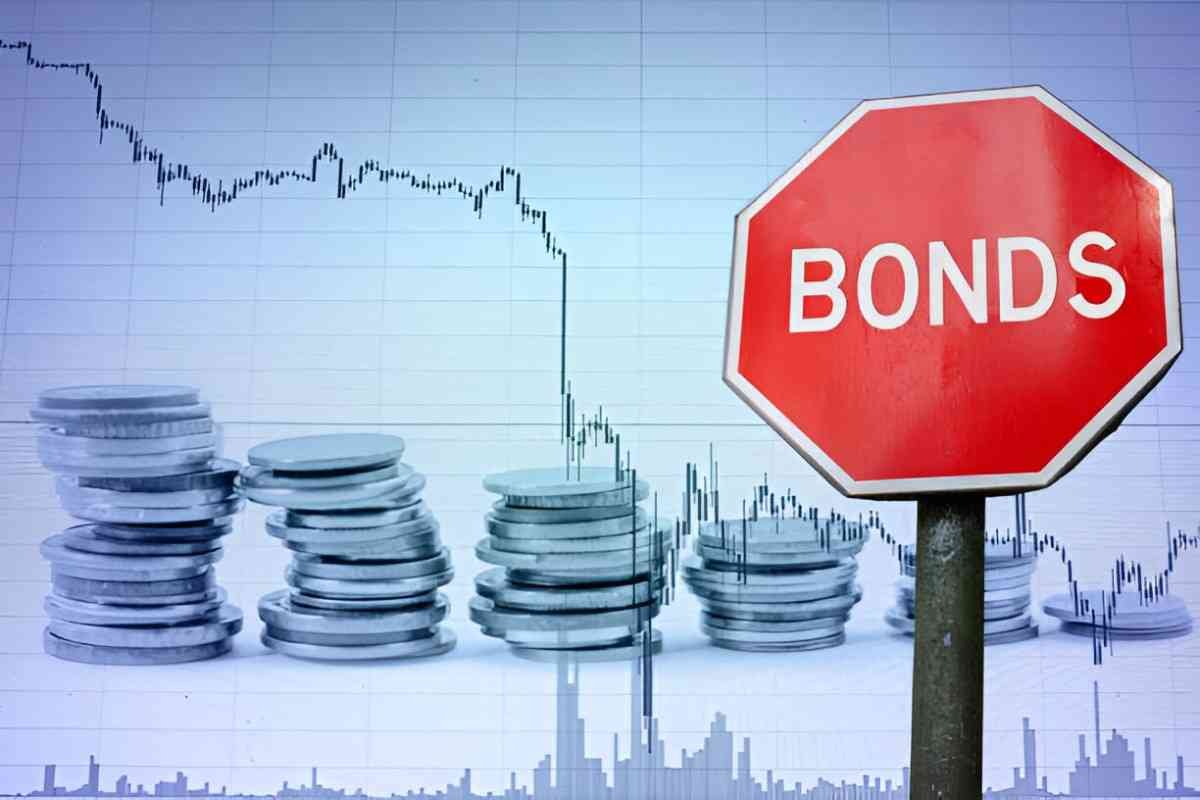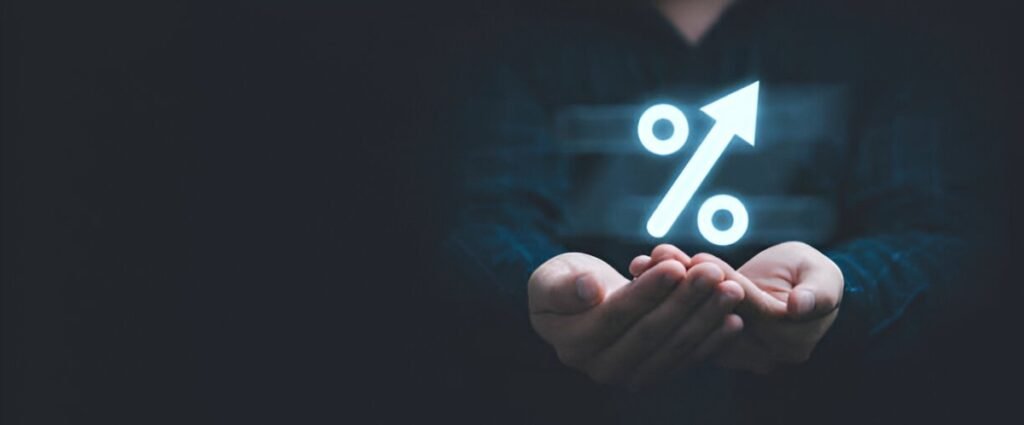When I think about investing, one question that often comes to mind is whether bonds are a safe haven during a stock market crash. We all know that stock market crashes can be nerve-wracking events for investors. The stock market’s volatility, which can wipe out years of gains in a matter of days, can lead many to look for safer places to park their money. In moments like these, bonds are often suggested as a safe alternative. But are bonds really as safe as they seem during a stock market crash?
In this article, I will take a deep dive into how bonds perform during stock market downturns, compare different types of bonds, and offer insights into how you can assess whether bonds are the right choice for you during a market crash. Through calculations and examples, I aim to give you a clear picture of what to expect from bonds in these times of market turmoil.
Table of Contents
Understanding Bonds
Before diving into whether bonds are safe during a stock market crash, let’s first revisit what bonds are. A bond is essentially a loan that you, as the investor, give to a government, municipality, or corporation. In return, they pay you periodic interest (known as the coupon) and promise to repay the principal (the face value of the bond) when the bond matures.
Bonds are considered safer than stocks because they are less likely to lose value as quickly in the short term. They are often viewed as fixed-income investments, meaning they provide a predictable income stream, which is why they appeal to conservative investors.
The Impact of Stock Market Crashes
Stock market crashes are typically characterized by sharp declines in stock prices over a short period of time. These crashes often arise due to panic, economic recessions, geopolitical events, or unforeseen global crises (like the COVID-19 pandemic). While stock prices plummet, it’s important to understand that not all asset classes react the same way to these crashes.
During a stock market crash, investors tend to seek safety. Historically, safe-haven assets like gold, government bonds, and cash tend to attract more investments during times of uncertainty. However, the bond market can also experience volatility during crashes. It’s crucial to consider how different types of bonds respond to these market conditions.
How Bonds Respond to Stock Market Crashes
Let’s break down how bonds behave during a market crash by analyzing three major factors: interest rates, credit risk, and inflation.
1. Interest Rates and Bonds
The first factor to consider is the relationship between interest rates and bonds. When the stock market crashes, central banks like the Federal Reserve often lower interest rates in an attempt to stimulate the economy. This is done by making borrowing cheaper for consumers and businesses, which in theory should encourage spending and investment.
When interest rates fall, the value of existing bonds typically rises. Why? When interest rates go down, the fixed coupon payments on older bonds become more attractive compared to new bonds that are issued at lower interest rates. As a result, bond prices rise, which leads to higher returns for bondholders.
For example, imagine you hold a bond with a 4% coupon rate, and new bonds are issued with a 2% coupon rate because of a recent interest rate cut. Investors will find your 4% bond more valuable, and this can cause the price of your bond to increase.
2. Credit Risk
Not all bonds are created equal. Credit risk is another important factor that determines the safety of a bond during a stock market crash. Credit risk refers to the possibility that the issuer of the bond may not be able to make the required interest payments or repay the principal when the bond matures.
Government bonds, such as U.S. Treasury bonds, are considered to have very low credit risk because they are backed by the U.S. government. On the other hand, corporate bonds carry higher credit risk, especially during times of economic uncertainty, as businesses may struggle to make payments during a market crash.
For instance, let’s compare U.S. Treasury bonds with bonds from a corporation like Ford. During a stock market crash, if investors fear that Ford may struggle financially, the value of Ford’s bonds may decline more significantly than U.S. Treasury bonds.
3. Inflation
Inflation can also have a significant impact on bonds during a market crash. During times of economic instability, inflation can rise, eroding the real value of the bond’s fixed coupon payments. While this is a concern for all bonds, long-term bonds are especially vulnerable, as inflation can affect the purchasing power of the future cash flows from these bonds.
Let’s say you purchase a 10-year Treasury bond that offers a 3% coupon rate. If inflation rises to 5%, the real value of your coupon payments decreases. This means that your bond’s return is effectively negative when adjusted for inflation.
Types of Bonds and Their Performance During a Crash
Not all bonds behave the same way during a stock market crash. To better understand this, let’s break down the different types of bonds and how they generally perform during periods of market turmoil.
1. Government Bonds
Government bonds, especially U.S. Treasury bonds, are often considered the safest type of bond. These bonds are backed by the full faith and credit of the government, which means there is little to no risk of default. During a stock market crash, government bonds usually perform well as investors flock to safe-haven assets.
For example, during the 2008 financial crisis, U.S. Treasury bonds saw a sharp increase in demand as investors fled from the stock market. Bond prices rose, and yields (the interest rate on the bond) fell.
2. Municipal Bonds
Municipal bonds are issued by local governments or municipalities. While they are generally considered safe, they carry more risk than U.S. Treasury bonds. The risk of a municipal bond depends on the financial health of the issuing government. In a market crash, municipal bonds may face a decline in value, especially if the municipality’s revenue drops due to the economic downturn.
3. Corporate Bonds
Corporate bonds are issued by companies and carry more risk than government bonds. The risk is tied to the financial health of the issuing company. In the event of a stock market crash, weaker companies with lower credit ratings (junk bonds) are at greater risk of default. Even investment-grade corporate bonds can see declines in value if investors fear that companies will struggle to meet their obligations.
4. High-Yield Bonds
High-yield bonds, also known as junk bonds, are bonds issued by companies with lower credit ratings. These bonds offer higher returns to compensate investors for the higher risk of default. During a stock market crash, high-yield bonds can experience significant volatility. If the economy is expected to slow down, these bonds may lose value rapidly as investors fear defaults.
Bond Yields and Prices During a Market Crash
Let’s look at how bond yields and prices can shift during a stock market crash, using an example for clarity.
Assume you purchase a U.S. Treasury bond with a face value of $1,000 and a 4% coupon rate. The bond pays $40 annually in interest. If interest rates fall from 4% to 3%, the price of your bond will increase as it becomes more attractive to investors. The new price can be calculated using the following formula:
\text{New Price} = \frac{\text{Coupon Payment}}{\text{New Yield}} = \frac{40}{0.03} = 1333.33In this case, your bond’s price increases from $1,000 to $1,333.33, reflecting the drop in interest rates. This illustrates how falling interest rates, which often accompany market crashes, can push up the price of bonds.
The Case for Diversification
While bonds may offer a safer alternative during a stock market crash, it’s essential to remember that no investment is entirely risk-free. A diversified portfolio, which includes both stocks and bonds, may help balance risk and reward.
During a stock market crash, a diversified portfolio can protect you from the worst of the volatility. For example, if you have 60% of your portfolio in stocks and 40% in bonds, the bond portion of your portfolio can help offset some of the losses in your stock investments. However, the performance of bonds depends on the type of bonds you hold and the broader economic conditions.
Conclusion: Are Bonds Safe During a Stock Market Crash?
Bonds can provide a sense of stability and safety during a stock market crash, but they are not entirely risk-free. Government bonds, particularly U.S. Treasury bonds, tend to perform well as a safe haven during a crisis. However, corporate and high-yield bonds may struggle, especially if the economy is severely impacted.
Ultimately, bonds can be an important part of your investment strategy during times of market uncertainty, but they should be considered alongside other factors like interest rates, credit risk, and inflation. A diversified portfolio, with both stocks and bonds, remains one of the best ways to weather the storm during a stock market crash.





